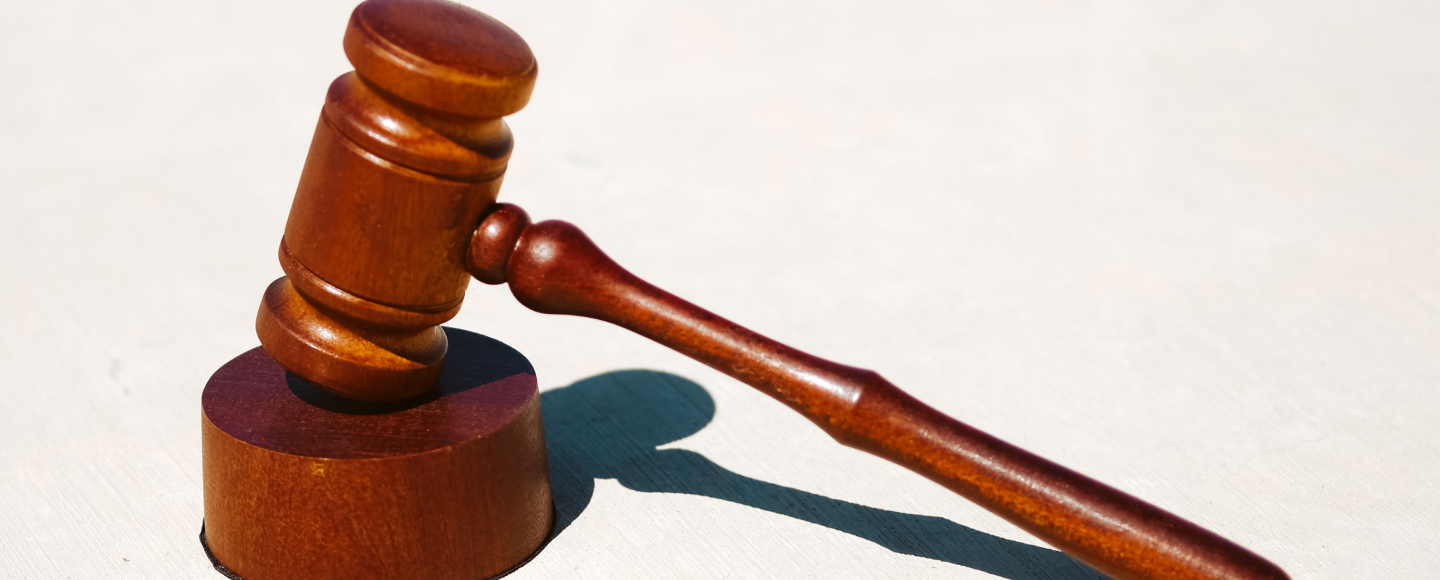Today, North Carolina has finally re-vamped their unduly harsh and unnecessarily restrictive interlock laws. The new interlock bill does, in relevant part, the following things:
- Eliminates the mandatory waiting periods for driver’s license restoration or limited driving privilege if a person is operating a motor vehicle that has a functioning ignition interlock system installed on it. (effective date: Limited Driving Privileges issued on or after 12/1)
- Requires for the restoration of licenses after certain driving while impaired convictions; or the issuance of limited driving privileges that an ignition interlock system be installed only on motor vehicles the person will drive. (effective date: on or after 6/1)
- Allows for the waiver or reduction of costs for certain persons required to install an interlock system. (effective date: on or after 6/1)
- Revises the maximum blood alcohol concentration level for the operation of a motor vehicle in certain circumstances to the ignition interlock system pre-set fail level (.00 to .02). (effective date: on or after 6/1)
- Requires the Joint Legislative Oversight Committee of Justice and Public Safety to study whether to expand the use of the ignition interlock system (action required prior to convening of the 2022 Regular Session of the 2021 General Assembly)
The Changes
Eliminates the mandatory waiting periods for drivers license restoration or limited driving privileges if a person is operating a motor vehicle that has a functioning ignition interlock system installed on it. (effective date: Limited Driving Privileges issued on or after 12/1)
G.S. 20-179.3(c1), the privilege restriction for “high risk drivers” that included a 45-day waiting period, interlock installation, and sever curtailments on driving destinations, is repealed. There is no longer a mandatory 45 day waiting period for a limited driving privilege post DWI conviction for a BAC of .15 or higher.
Furthermore, the incredibly restrictive driving limitations set forth in (a), (f), (g), (g1), and (g2) do not apply when the person is operating a designated motor vehicle with a functioning ignition interlock system. See 20-179.3(g3) and (g5). This means that notwithstanding any BAC restrictions via the interlock system or conditions of driver’s license restoration, a person who has installed a functioning ignition interlock system can drive their car without the harsh limitations of the limited driving privilege.
Requires for the restoration of licenses after certain driving while impaired convictions; or the issuance of limited driving privileges that an ignition interlock system be installed only on motor vehicles the person will drive. (effective date: on or after 6/1)
The requirement that all vehicles must have interlock is indeed eliminated (see 20-17.8(c1)). Now, a person subject to interlock requirements shall “designate in accordance with the policies of the DMV (hereinafter “the Division”) any registered vehicles owned by that person that the person operates or intends to operate” and those vehicles are the only ones subject to the interlock requirement. Id. To that end, a new condition for revocation via a hearing with “the Division” has also been added:
20-17.8(j)(2)(d)
- If a person’s license is revoked pursuant to subsection (g) (DWLR, but not charged or convicted of DWLR pursuant to 20-28(a) (DWLR/DWLR Imp. Rev)) before the effective date of this order, there will be a hearing to consider whether that person had an ignition interlock requirement and that “The person was driving a vehicle that was not designated in accordance with subsection (c1) of this section.“
Allows for the waiver or reduction of costs for certain persons required to install an interlock system. (effective date: on or after 6/1)
Pursuant to the new 20-179.5 “Affordability of ignition interlock system” the legislature enacted statutes allowing for the waiver or reduction of the costs associated with the installation of an interlock. Under subsection (b):
a person who is ordered by a court, or required by statute, to install an ignition interlock system in order to lawfully operate a motor vehicle, but who is unable to afford the cost of an ignition interlock system, may apply to an authorized vendor for a waiver of a portion of the costs of an ignition interlock system.
20-179.5(b). To do so, they must supply an affidavit to the interlock vendor showing that either their income is below 150% of the federal poverty line or that the person is enrolled in a TANF, SSI, SNAP, LIHEAP or Medicaid program. See id. at (c). They shall prove this by providing their vendor with supporting documentation. Such documentation deemed sufficient (but not necessary) is a copy of the person’s federal tax return from the previous year; the person’s W2 from the previous year; a copy of the person’s pay stubs from the three months immediately preceding the application; or a verification of unemployment benefits paid to the person for the previous three consecutive months prior to the application. See id. at (d).
A vendor receiving a statutorily compliant waiver shall install the interlock under the conditions that the applicant shall not be required to pay for the interlock’s installation or removal, and that the applicant shall receive a 50% discount on the monthly service rate. See id. at (e). If a waiver is denied, the denial may be appealed to “the Division” of the vendor’s determination. Id. at (f).
Revises the maximum blood alcohol concentration level for the operation of a motor vehicle in certain circumstances to the ignition interlock system pre-set fail level (generally to .02). (effective date: on or after 6/1)
20-17.8(b)(3) has been simplified, and its subsequent subsections deleted. The result is that BAC fail levels pursuant to this particular subsection are all set to .02. The previous subsections are affected as follows:
20-17.8(b)(3)
- (previously (3)(a))- LOWERED BAC if the interlock system is required pursuant to a revocation as a result of DWI where the person had a BAC of .15 or more. (was .04, now is .02 or greater)
- (previously (3)(b))- RAISED BAC if the interlock system is required pursuant to a revocation as a result of a DWI where person has another DWI w/in 7, or person was sentenced as an Aggravated Level 1. (was .00, now is .02 or greater)
However, despite the interlock preset fail level being raised to .02, certain violations that were deleted ((3)(c)) and still carry a .00 BAC limit. This is reflected in the 20-19 “Period of suspension or revocation; conditions of restoration.”:
20-19(c3)(3a)
The following restriction on a driver’s license:
- For restoration of a driver’s license for a person convicted of a driving while less than 21 after consuming (or corresponding out of state/federal charge pursuant to 20-23 or 20-23.2), that a person not operate any vehicle with a BAC of greater than .00 at any time after driving
20-19(c3)(4)
The following restriction on a driver’s license
- for the restoration of a driver’s license for an out of state or federal charge pursuant to 20-23 or 20-23.2 where the offense is substantially similar to driving while less than 21 after consuming, DWI while driving a commercial vehicle, Felony/Misd. Death by MV, Manslaughter, or negligent homicide when offense involved impaired driving, that a person not operate a vehicle with a BAC of greater than .00.
Notwithstanding 20-19(c3)(3a and 4), 20-19(c3)(5) appears to have been added as a way to conform with the decision to raise the new simplified .02 or greater BAC requirement:
20-19(c3)(5)
- Any restoration of a driver’s license pursuant to 20-17.8 requiring an interlock, that a person not operate with a BAC of .02 or greater. (this appears conform with 20-17.8(b)(3)).
20.19(c3) also changes the finding a law enforcement officer must make in order to trigger G.S. 20-16.2 (Implied consent to chemical analysis statute) from reasonable grounds to believe “a violation of the restriction specified in this subsection” to a more specific standard that the person is operating a motor vehicle on a highway or public vehicular area “while consuming alcohol or at any time while the person has remaining in the person’s body any alcohol or controlled substance previously consumed.“
Finally, the legislature clarified the requirements needed to establish whether a person is not an “excessive user”. It also changed the language of the subsection to be gender-neutral.
20-19(d)
- in order to prove that a person is not an “excessive user” of alcohol, all the following requirements of (d)(2)(a-c) apply (continuous monitoring, SCRAM, “Division”-established guidelines for acceptance of evidence). This also applies for a revocation under 20-17(a)(2)(mandatory revocation of driver’s license under 20-138.1 and 20-138.2 if BAC over .06) if there was an offense within 3 years before, or under 20-17(a)(9)(any offense under 20-141.4(a)(3)(Felony serious injury by MV).
Subsection (e1) has also been amended to reflect the same “excessive user” of alcohol revisions. See generally 20-19(e)(1).
Requires the Joint Legislative Oversight Committee of Justice and Public Safety to study whether to expand the use of the ignition interlock system (action required prior to convening of the 2022 Regular Session of the 2021 General Assembly)
Pursuant to Section 1(h), a commission will also consider whether they should allow the interlock driving privilege for the period of a refusal revocation, and whether “the Division” shall have power to grant Limited Driving Privileges.







